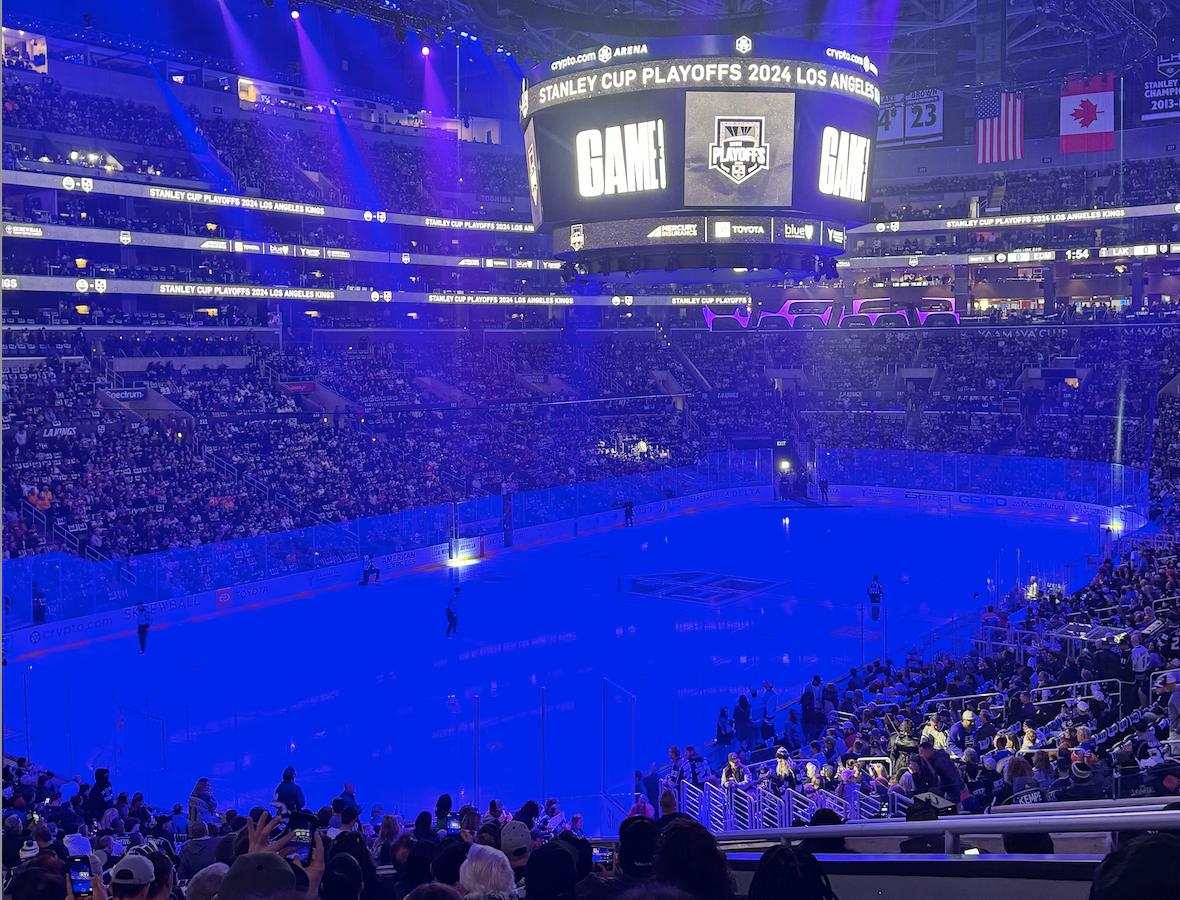WWYDW: Projecting Defencemen

Defence can be a hard position to assess and predict, and I wanted to illustrate the uncertainty involved in this week’s edition of What Would You Do Wednesday.
The following piece includes stats, scouting reports and other key pieces of information for five young defencemen, each of them unnamed. Each defenceman is in his third year post-entry draft at the time these snapshots were taken. The challenge is to pick the best of the lot.
Of these five players, there’s exactly one I would describe as being among the best in the NHL at his position. Another is somewhat controversial but can probably be fairly described as a top-four defender. Two others have been reduced to depth roles, while it’s still a little too early to tell with the fifth.
I’ve done a few things to make identification harder: I’ve left the draft year out and the position vague, I’ve altered the heights and weights slightly (every player is within one inch and five pounds of his official listing) and I’ve projected each player over 82 games, whether he played in that many or not. I’ve also rounded ice-time totals to the nearest minute.
The numbers are taken from NHL.com, behindthenet.ca and stats.hockeyanalysis.com, and in addition to a raw total the player’s rank among his team’s top-eight defencemen is put in brackets (either best to worst, or toughest to easiest in the case of quality of competition and zone starts). The scouting reports are paraphrased, mostly from old Hockey News draft previews, and the player comparisons are all real. Your challenge is to rank these players in terms of how well they actually turned out.
Andy Anderson

Stats legend: EVTOI, PPTOI and PKTOI represent average ice-time at even-strength, on the power play and on the penalty kill, respecitvely. Fenwick% is the total percentage of shots and missed shots a player was on the ice for, with 50% meaning his team had as manay as the opposition and a higher number being better. Zonestart% is the ratio of shifts staring in the offensive to defensive zone, with 50% representing an even split and a higher number more starts in the opposition’s end. 5v5 and 5v4 P/60 are points per hour in those situations. 4v5 SA/60 is the number of shots against per hour when the player is on the ice in those situations.
Anderson’s primary calling card is hockey sense. He’s also an excellent skater, a combination which makes him naturally suited to a shutdown role. He could be more physical, though; he finishes his checks but doesn’t really play a mean game. He was a pretty big point producer in junior after being drafted, but so far hasn’t translated that to the NHL and may lack the creativity necessary to be a real force in that department, though he does make a good first pass.
Anderson mostly played with a quality veteran puck-moving defenceman this year.
Bobby Brown

Brown’s standout quality is his physical game. He hits to hurt, and there aren’t many players in his age group who deliver more nastiness in the crease; he’s been compared to Adam Foote. He’s a natural leader, plays a smart positional game and makes a capable first pass. He isn’t a big producer offensively but plays within his limitations in that regard.
Brown mostly played with a quality veteran puck-moving defenceman this year.
Chuck Charles

Widely regarded as a franchise defenceman in the making, Charles does it all. He combines size and a physical dimension with elite mobility; he’s still raw but even as a rookie it was easy to see those qualities on the ice. He’s even been compared to Scott Stevens thanks to the way he combines skating, physical play and offence. The scoring didn’t come as a rookie but he was an exceptional scorer at other levels prior to jumping into the NHL this year.
Charles had multiple partners this year, one a quality veteran puck-moving defenceman and the other a quality veteran defensive defenceman.
Danny Daniels

What sets Daniels apart from other defencemen his age is his physical game. He’s big and he’s mean, and he combines those qualities with exceptional skating ability; he’s even been compared to Chris Pronger. His offensive game has developed, though not yet at the NHL level, but his true calling is likely as a shutdown defenceman.
Daniels had multiple partners this year, but his most common was a quality veteran puck-moving defenceman.
Eddy Edwards

Another big, physical defenceman, Edwards brings formidable size and strength to his NHL team. He’s not an elite skater, but he’s not lead-footed, either; he’s mobile for his size and is considered reliable at both ends of the ice. He’s not regarded as a serious offensive threat, but his scoring has improved significantly since his draft year and he had a reasonably strong major-league debut in that department.
Edwards had multiple partners this year, but his most common was a quality veteran puck-moving defenceman.
What would you do?
For what it’s worth, I can’t accurately assess how well I’d do in this test, but I know for a fact that presented with this information there is at least one player that I would get very wrong.
Your task is to use the information provided to rank the five players in order of trade desirability. Tomorrow I’ll let readers know who everybody here actually is.
(And please, chime in with your guesses. I’m really curious what the Oilers Nation consensus ranking would be for these players).
RECENTLY BY JONATHAN WILLIS
Recent articles from Jonathan Willis





